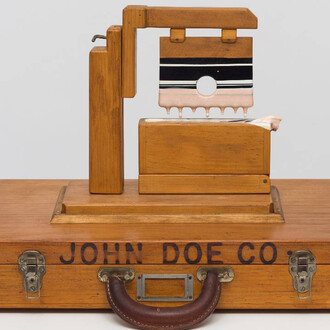Since the mid-1960s, Olivier Mosset (b. 1943 in Bern, lives in Tucson, Arizona) has been one of the most radical representatives of contemporary painting, undermining the ideal of artistic originality by means of objectivity. Taking the question of what painting is and how it works as a starting point, he has produced a multifaceted oeuvre of monochromes and abstract geometric works that reject any mystifying attribution of meaning. Over the years, his works have been shown in major solo and group exhibitions in Switzerland and abroad. In 1990, he was able to represent Switzerland at the Venice Biennale. In summer 2019, his oeuvre is being comprehensively presented at Museum Haus Konstruktiv.
Mosset’s career as an artist began around 1965 in Paris, where he initially worked as an assistant for Jean Tinguely and Daniel Spoerri. His first painted works featured numbers, letters and dots on a white background. In 1966, together with Daniel Buren, Michel Parmentier and Niele Toroni, he co-founded the artists’ group BMPT, named according to their initials. With the aim of fundamentally questioning painting in its predominant form and starting from scratch, they organized four provocative collective acts, in which they broke away from abstract expressionism and École de Paris. The group already disbanded in 1967. Mosset also became politically active in the course of the 1968 movement. From 1966 to 1974, he produced around two hundred identical paintings: For the purpose of undermining the principle of authorship and of creating a manner of painting that refers to nothing other than itself, Mosset persistently painted black rings on white primed canvases. However, as these untitled rings became a kind of signature, he turned to horizontal and vertical, mostly two-tone, striped paintings that led him onward to monochromy. In 1977, Mosset moved to New York, where he met key representatives of so-called radical painting and exhibited with them collectively. Until the mid-1980s, he intensively addressed color field painting, experimenting with various colors and formats while consistently intent on applying paint without any individual style. In 1985, he returned to geometric abstraction and also produced sculptural works from then on.
Mosset’s oeuvre is characterized by his penchant for collaborations, which also clearly comes across in his exhibition at Museum Haus Konstruktiv: Alongside current large-format monochromes, shaped canvases from the past two decades, and several early works, intangible light images are also on display, developed by Madjid Hakimi, lighting engineer at the Paris Opera, in collaboration with Olivier Mosset.









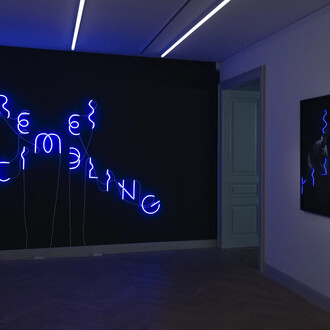

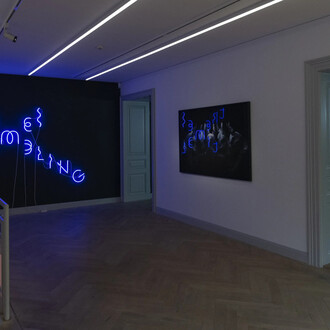
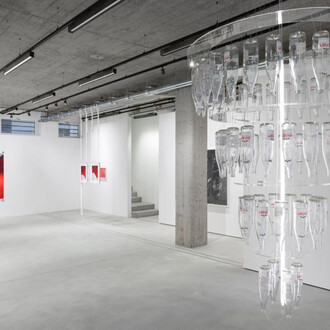

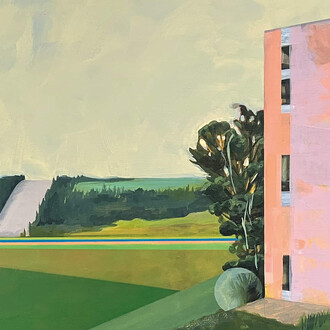
![Karel Appel, Le coq furieux [The furious rooster] (detail), 1952. Courtesy of Kunstmuseum Bern](http://media.meer.com/attachments/de322f88933729d2014dc4e021d4a6694046a744/store/fill/330/330/c26a6c5ef5e2ed397d4a2e9bc00ac739c40ba8384f45f9ce1ed85adba600/Karel-Appel-Le-coq-furieux-The-furious-rooster-detail-1952-Courtesy-of-Kunstmuseum-Bern.jpg)
